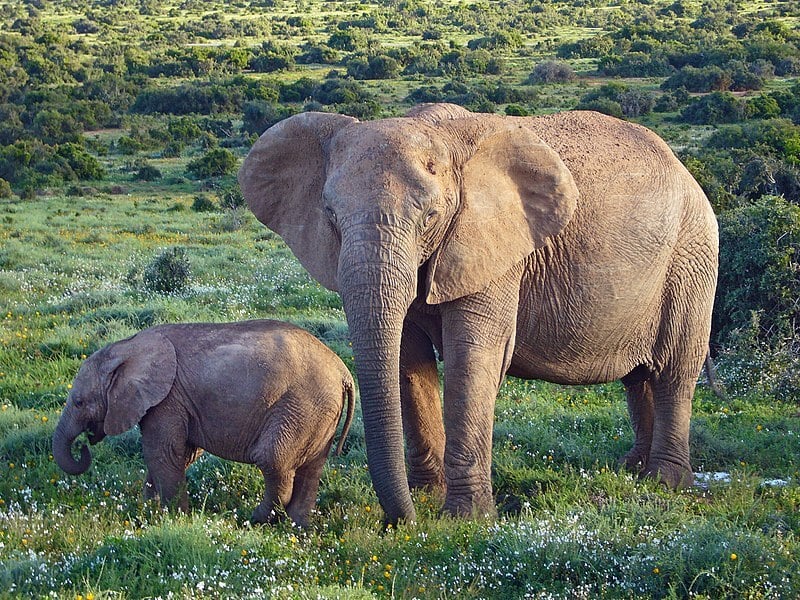Science videos for 1st-grade students can be educational and fun. We’ve pulled together a collection of science videos specifically tailored for 1st graders. Students will learn how to build a magnet maze, how sound travels through vibrations, five fun facts about plants, and where animals live in their natural habitats.
Educators get free access to Boclips Classroom to share these videos directly with students in an ad-free, distraction-free platform. Sign up to share more than 1.7M safe, educational videos.
LEGO Magnet Maze
It’s important to teach students the importance of setting goals and objectives. Watch how to make your own easy LEGO magnet maze in this quick video called “LEGO Magnet Maze.”
Identify the key components of a smart goal and teach students through this science video demonstration the process of creating a well-defined objective.
What Do You Hear in a Seashell?
Have you ever put a seashell up to your ear and heard a roaring sound like the ocean? Is it magic? No, it's science. In “What Do You Hear in a Seashell?,” Jessi and Squeaks explain the concept of sound vibrations and how vibrations cause sound. Explore the idea that there are constant background noises around us and recognize how putting a shell or cup over the ear can amplify and change the sound of background noises. In this science video for 1st grade, create experiments to observe how different cups or locations can affect the sound heard
Weird Plants for Kids
In “Weird Plants for Kids,” explore five fun facts about weird plants and learn how some plants are carnivorous and eat insects for energy. Recognize that plants in hot, dry climates may have adaptations such as spiky structures to conserve water and protect themselves.
Discover how certain plants have the ability to fold up their leaves when touched as a protective mechanism. Learn about the longevity of certain plants, such as the Norway spruce tree, and understand the concept of plant age. Realize that flowers can vary in size, with some, like the corpse flower, growing to be extremely large and heavy.
Wild Animals Habitats
Where does the deer live? And the zebra? In “Wild Animals Habitat,” meet the protagonists of this entertaining video and learn the vocabulary of some wild animals and the places where they live. Learn about different natural habitats such as the forest, savannah, ice, and marine world and get an understanding of the characteristics of each habitat, including the climate, vegetation, and the presence of rivers or lakes.
In this science video for 1st grade, discover the various animals that inhabit each habitat, such as deers, rabbits, birds, wolves in the forest; lions, giraffes, zebras, elephants in the savannah; polar bears, seals, reindeer, penguins in the ice; and dolphins, whales, fish, starfish in the marine world
Nora Kane
Senior Editing and Partnerships Associate Nora has a background in media production with a focus in education and language learning. She currently works on the Boclips Content Team where she edits videos, manages content partner relationships, and sometimes makes playlists.
- #Classroom
- #Video in Digital Learning
- #Educational Videos
- #Tips for Using Video
- #Video Content Partners
- #Boclips for Publishers
- #Issues in Education
- #Educational Videos by Subject Area
- #News and Announcements
- #Events & Holidays
- #Video and Teaching Tools
- #Teaching Methodologies
- #Education Videos
- #Video and Digital Literacy
- #Short Educational Videos
- #Instructional Design
- #Multimodal Learning
- #Video and Student Safety
- #Accessibility in Education
-3.png?width=390&height=223&name=Untitled%20design%20(2)-3.png)


.png?width=1152&height=660&name=Copy%20of%20Untitled%20Design%20(1).png)







